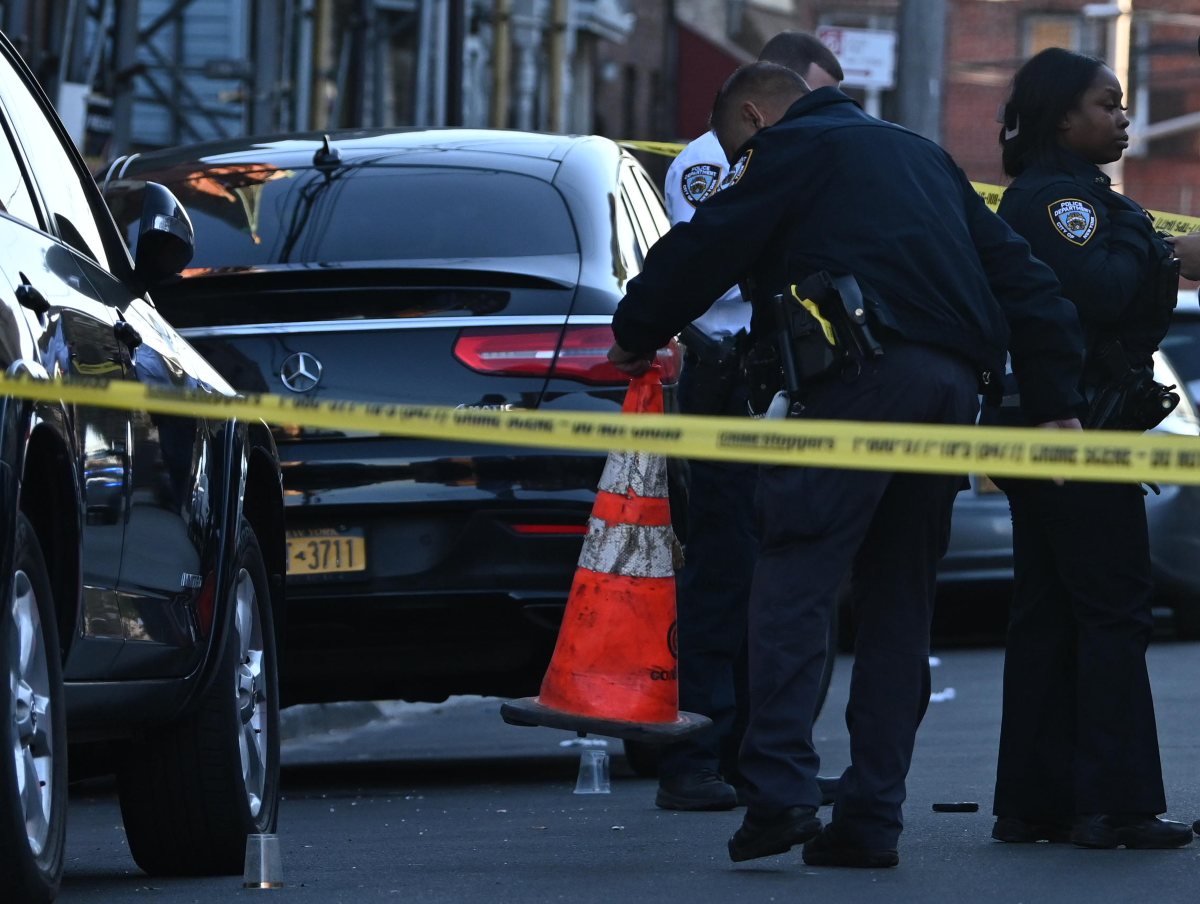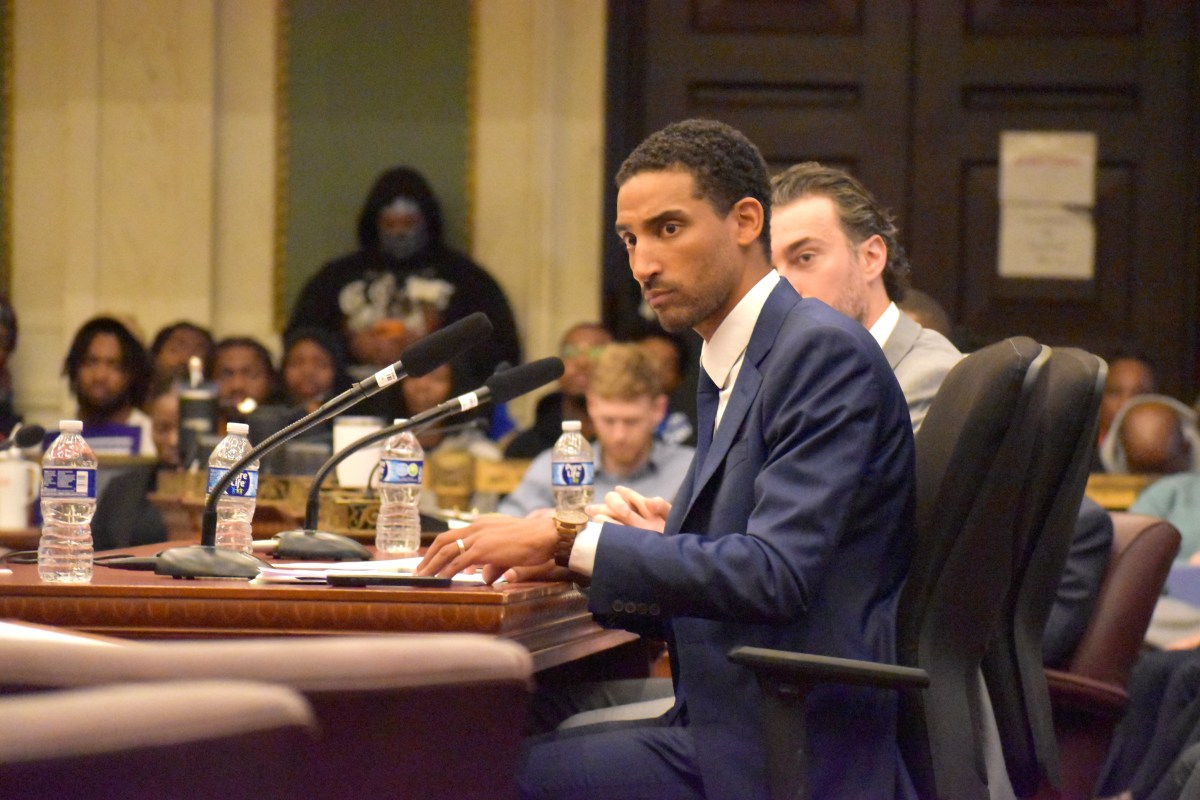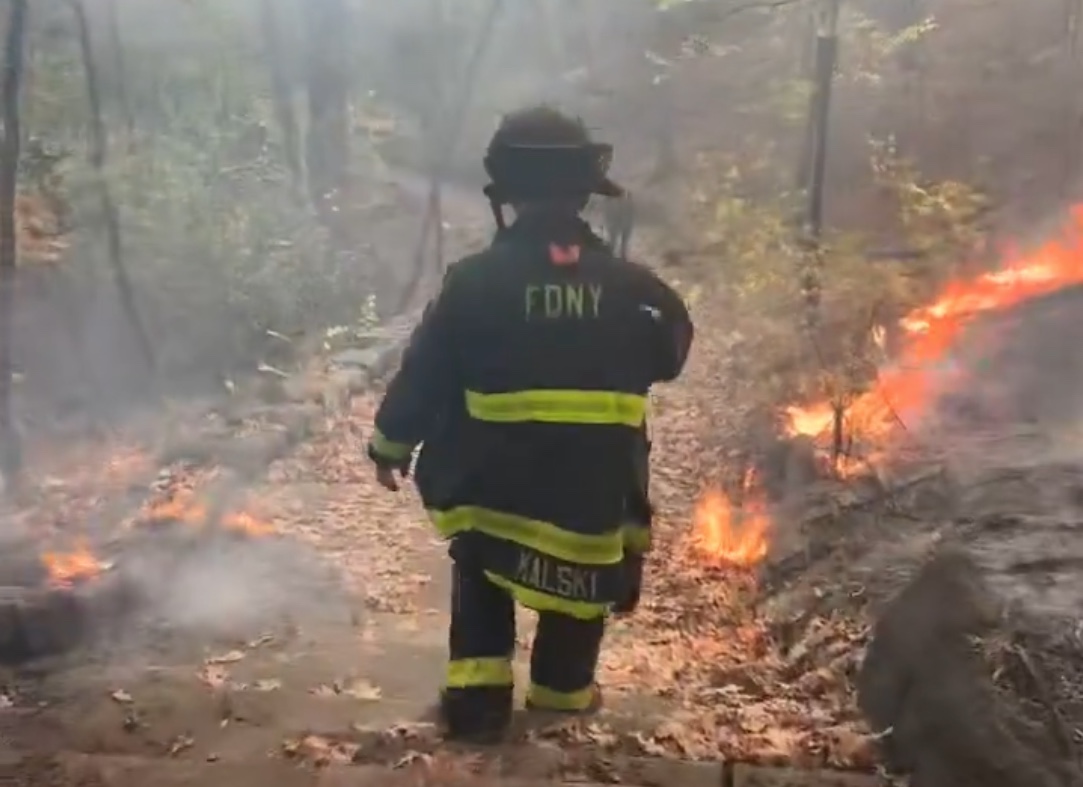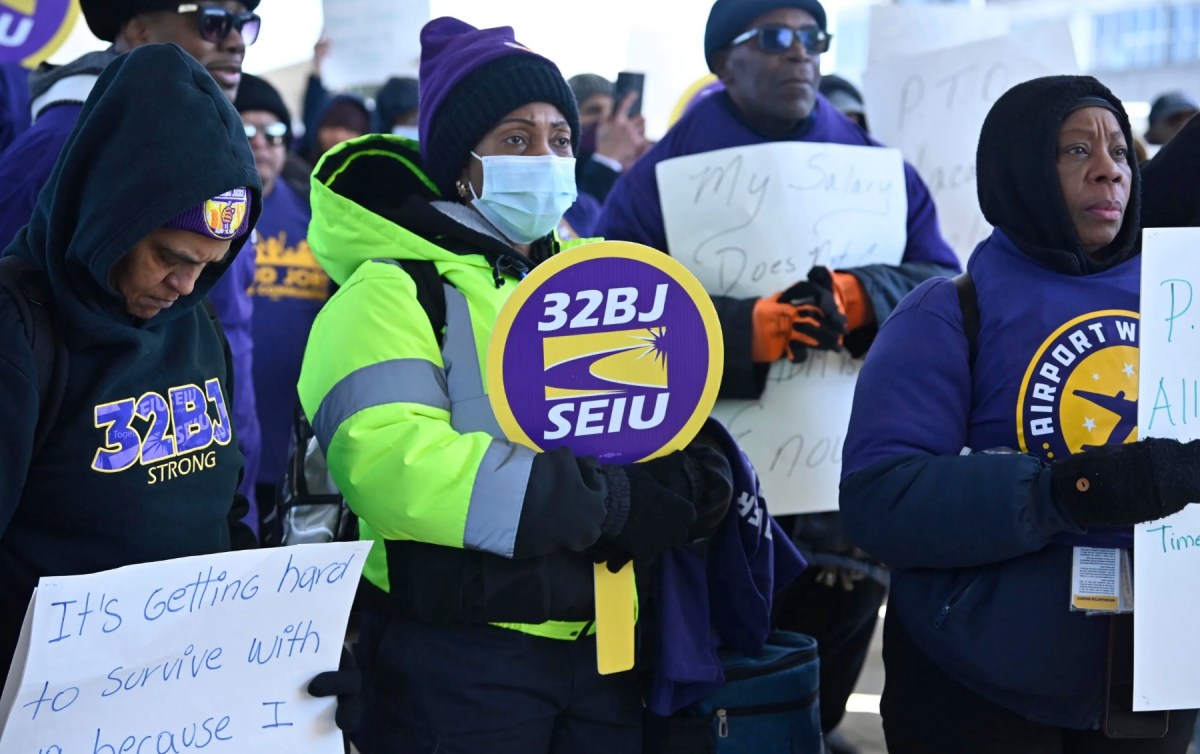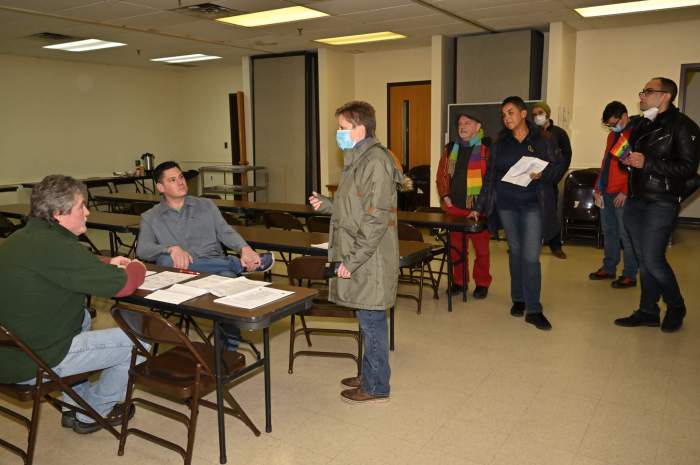WASHINGTON (AP) — The FBI estimates violent crime rates didn’t increase substantially last year, though they remained above pre-pandemic levels, according to annual crime data. But the report presents an incomplete picture, in part because it doesn’t include some of the nation’s largest police departments.
Violent and property crime generally remained consistent between 2020 and 2021, with a slight decrease in the overall violent crime rate and a 4.3% uptick in the murder rate, both of which are not considered statistically significant, the analysis found. That suggests an improvement over 2020, when the murder rate in the U.S. jumped 29% during the COVID-19 pandemic that created huge social disruption and upended support systems.
The report, released Wednesday, comes with major caveats — about 40% of law-enforcement agencies didn’t participate, including big cities like New York City, Los Angeles and Miami, after a major overhaul in the reporting system.
The report comes at a key time politically, just weeks before the midterm elections where crime is major campaign issue for Republicans running on law-and-order platforms. Many Democrats, meanwhile, are trying to heed calls for criminal justice reform after widespread protests in 2020 and voter concerns about public safety.
The incomplete data could be ripe ground for politicians and activist groups to use the figures to push their talking points. But with so many major cities failing to report even a single crime, experts say the picture of crime in the U.S. remains cloudy.
The increase that started in 2020 has defied easy explanation. Experts point to several potential factors: the pandemic that has killed more than 1 million people in the U.S., gun violence, worries about the economy, high inflation rates and intense stress.
The FBI’s voluntary collection of data from police across the country has long been an important gauge for understanding crime in the United States, but the drop in the number of agencies reporting means the report relied much more heavily on estimation, said Ames Grawert, senior counsel at the justice program at the Brennan Center for Justice. The findings could mean that crime rates are leveling off, but it’s hard to say for sure.
“Some significant care has to be used in extracting conclusions from here,” he said.
The low participation is largely because this is the first report under a major overhaul in the reporting system. The New York Police Department, for their part, said the new reporting requirements made it unable to submit the year’s crime statistics by the deadline, though it didn’t specify exactly why.
The overhaul will eventually make crime data more modern and detailed, federal officials said, but the switchover can be complicated for police departments. The 2021 FBI report did have data from more than 11,000 departments.
Its findings largely track with the National Crime Victimization Survey are also similar to another report from the nonpartisan think tank the Council on Criminal Justice. That analysis of violent crime data surveyed 27 cities, including many big agencies that didn’t make the FBI’s uniform crime report this year. It found a 5.6% increase in the murder rate over 2020.
About 79% of the murders in 2020, meanwhile, involved a firearm, the highest percentage since at least 1968, the oldest records posted by the Centers for Disease Control online, according to the Pew Research Center.
“Violent crime, and specifically gun crime, continues to be a huge challenge for our nation,” said Art Acevedo, the former chief of police in Houston and Miami. The number of guns sold in the U.S. also hit record-setting highs as the coronavirus pandemic took hold and continue to remain strong.
Acevedo and other gun-safety advocates decry the loosening of gun laws, especially in conservative-leaning states around the U.S.
“We are making our officers work with one arm tied behind their back with these loosening of these laws,” he said. Gun-rights supporters, meanwhile, argue that looser regulations make it easier for people to follow the law and practice Second Amendment rights.
Violent crime overall, meanwhile, remains far lower than the historic highs of the 1990s.
Associated Press writer Michael R. Sisak contributed to this report.












